Growing Pink Radishes: A Gardener’s Delight
Growing pink radishes – it sounds almost too pretty to be true, doesn’t it? But trust me, the vibrant color and delightful crunch of these little root vegetables are entirely real, and surprisingly easy to achieve with a few clever home gardening tricks. This article is your guide to unlocking the secrets of a bountiful pink radish harvest, right in your own backyard. I’ve always loved the satisfying feeling of pulling a crisp, perfectly formed radish from the soil, and I’m excited to share my passion and expertise with you.
The history of the radish stretches back millennia, with evidence suggesting cultivation dating back to ancient Egypt. While the vibrant pink varieties we enjoy today might be a more recent development, the simple joy of growing and eating these root vegetables remains a timeless connection to the earth. And let’s be honest, who doesn’t love a fresh, homegrown ingredient adding a pop of color and flavor to a meal?
Why Grow Your Own Pink Radishes?
In a world of mass-produced food, there’s something incredibly rewarding about nurturing a plant from seed to harvest. Growing your own pink radishes ensures you know exactly where your food comes from, guaranteeing freshness and flavor that simply can’t be matched by store-bought produce. Plus, it’s a fantastic way to introduce children to the wonders of gardening and the importance of healthy eating. You’ll be amazed at the difference in taste – a sweetness and crispness that will leave you hooked on homegrown goodness. This article will equip you with the knowledge and simple DIY techniques to make growing pink radishes a success, no matter your experience level.
So, let’s get our hands dirty and discover the joy of growing pink radishes! I’ll be sharing my favorite tips and tricks, from seed selection to harvesting, ensuring you have a plentiful supply of these beautiful and delicious root vegetables all season long. Get ready to experience the satisfaction of growing your own food and the incredible taste of homegrown pink radishes!
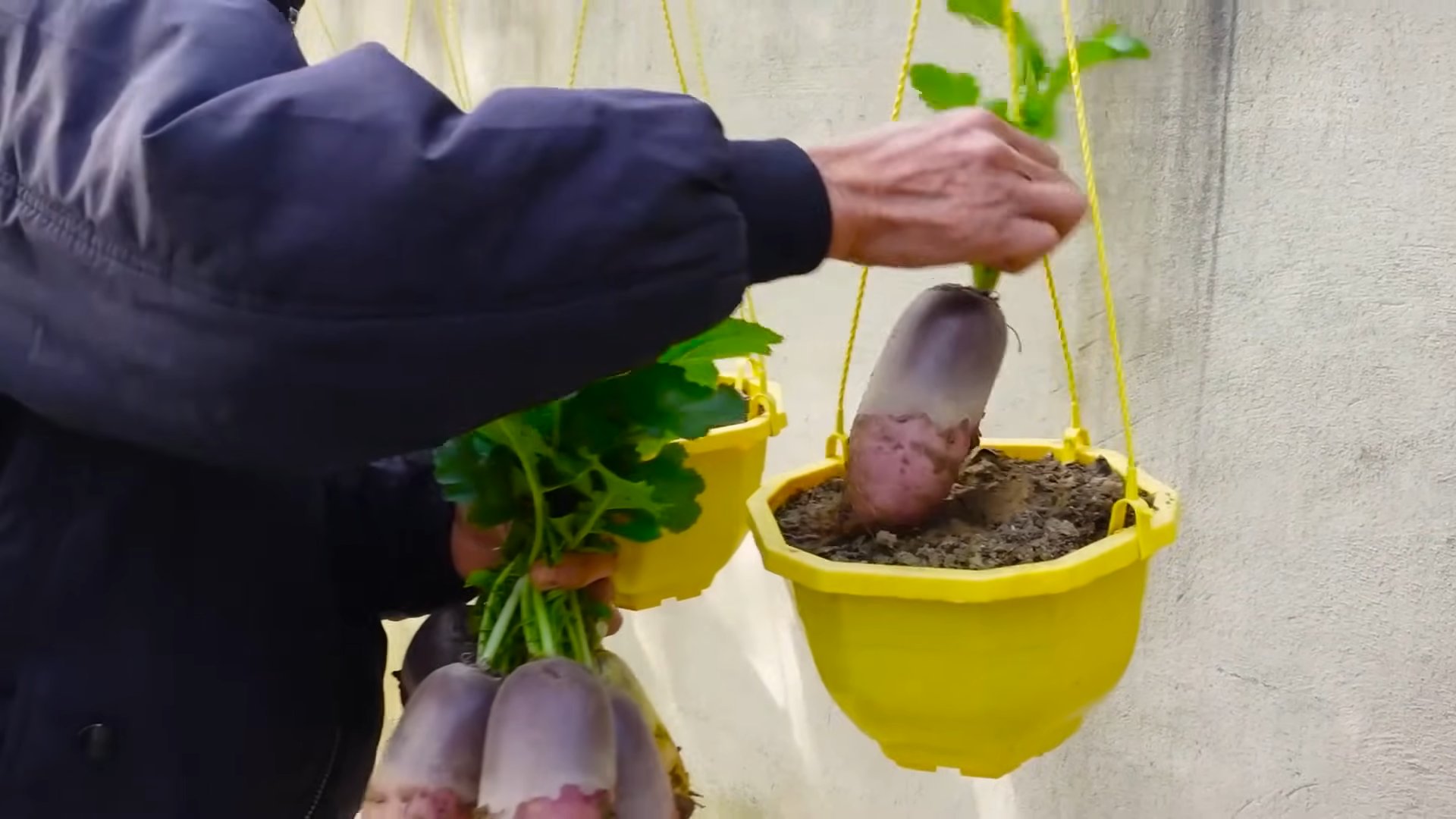
Growing Pink Radishes: A Step-by-Step Guide
I love the vibrant color and crisp bite of pink radishes, and growing them yourself is incredibly rewarding! This guide will walk you through the process, from seed to harvest. Even if you’ve never gardened before, you’ll be surprised how easy it is.
Phase 1: Planning and Preparation
- Choose the right time: Radishes prefer cool weather. The best time to plant them is in early spring or fall, avoiding the hottest summer months. Check your local frost dates to ensure you’re planting after the last frost and before the first.
- Select your location: Radishes need at least six hours of sunlight per day. Choose a sunny spot in your garden. They also need well-drained soil, so avoid areas that tend to get waterlogged.
- Prepare the soil: Radishes thrive in loose, fertile soil. Amend heavy clay soil with compost or other organic matter to improve drainage and aeration. You want a soil that’s easy for the radish taproot to penetrate. I usually till my soil to a depth of about 12 inches.
- Gather your supplies: You’ll need radish seeds (choose a pink variety!), a garden trowel or hoe, a watering can, and possibly some row markers or garden twine.
Phase 2: Sowing the Seeds
- Prepare the seedbed: Use your trowel or hoe to create shallow furrows, about ½ inch deep, in your prepared soil. Space the furrows about 12 inches apart to allow for adequate growth.
- Sow the seeds: Plant the radish seeds about ½ inch apart within the furrows. Don’t overcrowd them, as this can lead to smaller radishes. I usually sprinkle the seeds evenly along the furrow and then gently cover them with soil.
- Water gently: After sowing the seeds, water the area gently but thoroughly. Use a gentle spray to avoid dislodging the seeds. The soil should be moist but not soggy.
- Cover with mulch (optional): A light layer of mulch, such as straw or shredded leaves, can help retain moisture and suppress weeds. Be careful not to cover the seeds too deeply.
Phase 3: Caring for Your Radishes
- Regular watering: Radishes need consistent moisture to grow properly. Water regularly, especially during dry periods. Aim to keep the soil consistently moist, but not waterlogged. Overwatering can lead to root rot.
- Weed control: Keep the area around your radish plants free of weeds. Weeds compete with radishes for water and nutrients. Regular weeding is essential for a successful harvest.
- Thinning (if necessary): If your radishes are growing too close together, thin them out to about 2 inches apart. This allows for better air circulation and prevents overcrowding. You can even eat the thinned-out radishes!
- Pest and disease monitoring: Keep an eye out for pests like flea beetles or aphids. If you notice any pests, take appropriate action, such as using insecticidal soap or neem oil. Also, be aware of potential diseases like root rot, which is often caused by overwatering.
Phase 4: Harvesting Your Pink Radishes
- Check for ripeness: Radishes are typically ready for harvest in about 21-30 days, depending on the variety. They’re ready when they’re firm and the desired size. You can gently tug on a radish to see if it’s easily pulled from the ground. If it comes out easily, it’s ready.
- Harvesting: Gently pull the radishes from the ground, being careful not to damage the roots. If they’re difficult to pull, use a trowel to loosen the soil around them.
- Cleaning: Wash the radishes gently to remove any excess soil. You can store them in the refrigerator for up to a week.
- Succession planting: For a continuous harvest, consider succession planting. This means planting new seeds every couple of weeks to ensure a steady supply of fresh radishes throughout the growing season. I usually plant a new batch every two weeks.
Troubleshooting Common Problems
Problem: Radishes are too spicy
This is often due to hot weather. Plant in cooler weather or provide shade during the hottest part of the day.
Problem: Radishes are woody or pithy
This usually happens when the soil is too dry or the radishes are left in the ground too long. Ensure consistent watering and harvest promptly.
Problem: Radishes are small
Overcrowding, poor soil conditions, or lack of nutrients can lead to small radishes. Ensure proper spacing, amend the soil, and consider fertilizing.
Problem: Root rot
This is often caused by overwatering. Improve soil drainage and avoid overwatering.
Remember to always check your seeds’ packaging for specific instructions and recommended planting times for your area. Happy gardening!
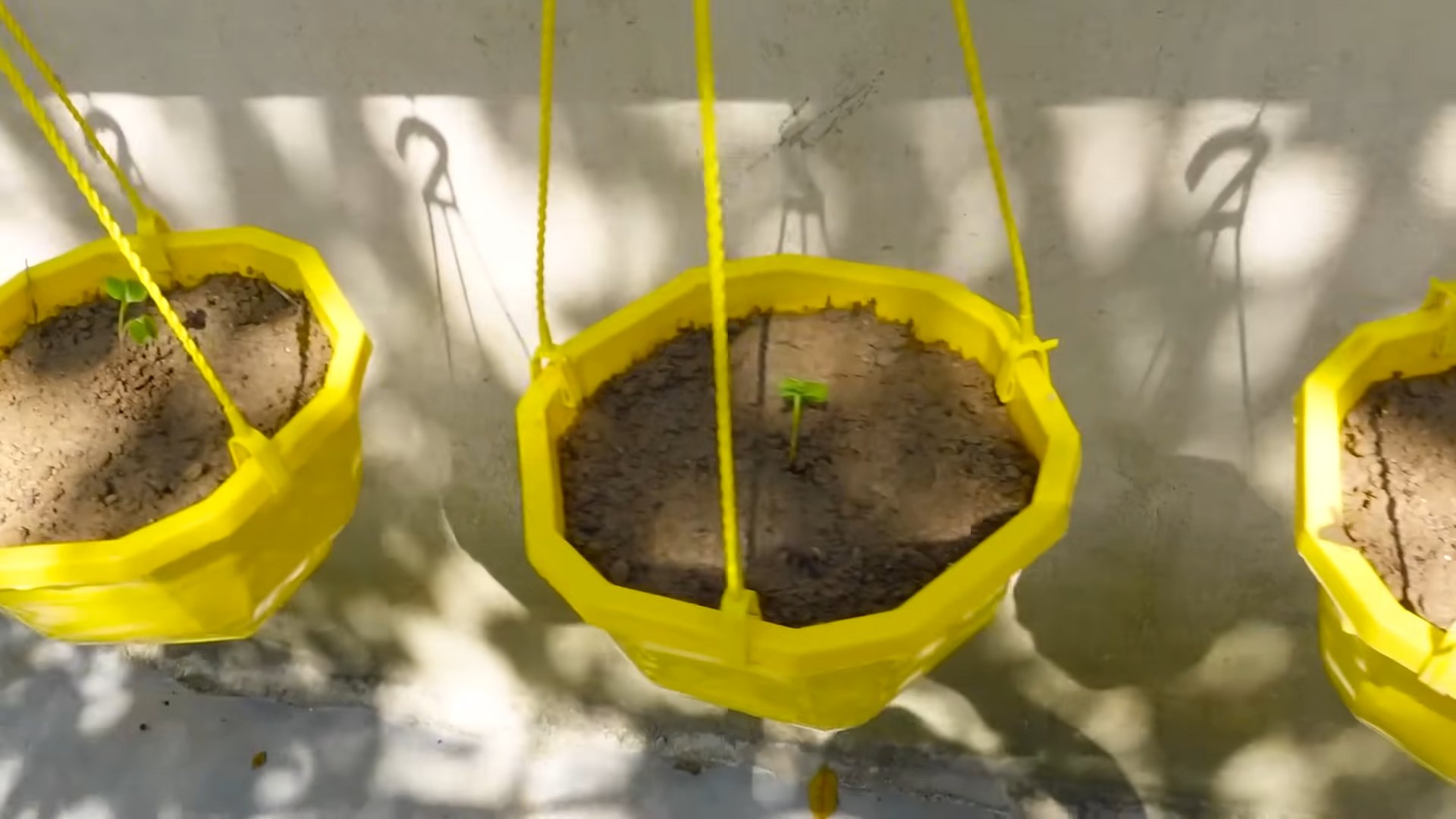
Conclusion
So there you have it – a complete guide to successfully growing pink radishes in your own garden or even on a sunny windowsill! This DIY approach to growing pink radishes offers a rewarding experience that goes beyond simply enjoying a delicious harvest. It connects you directly with the process of food production, allowing you to appreciate the journey from seed to plate. The satisfaction of biting into a crisp, vibrantly pink radish that you nurtured from a tiny seed is unparalleled. This method is not only incredibly satisfying but also surprisingly simple, making it perfect for beginners and experienced gardeners alike. The ability to control the quality of your produce, avoiding pesticides and other potentially harmful chemicals, is a significant benefit. Ultimately, growing your own pink radishes is a sustainable, healthy, and deeply fulfilling endeavor.
Beyond the basic method outlined, there are numerous avenues for experimentation and customization. Consider trying different radish varieties – some boast unique shapes, sizes, and even spicier flavors. Experiment with companion planting; certain herbs and flowers can help deter pests and improve soil health, benefiting your radish growth. If space is limited, consider vertical gardening techniques or growing your radishes in containers. For those with less sunlight, explore the use of grow lights to supplement natural light, ensuring optimal growth even in shaded areas. Don’t be afraid to get creative and adapt the techniques to your specific environment and preferences. The beauty of this DIY approach lies in its flexibility and adaptability.
We strongly encourage you to embark on this rewarding journey of growing your own pink radishes. The process is far simpler than you might imagine, and the results are incredibly gratifying. Share your experiences with us! We’d love to hear about your successes, challenges, and any innovative techniques you discover along the way. Post pictures of your thriving radish plants and your delicious harvest on social media using #GrowingPinkRadishes. Let’s build a community of home gardeners, sharing tips, tricks, and the joy of growing our own food. Remember, even a small patch of radishes can bring a significant sense of accomplishment and a delicious addition to your meals. So, grab some seeds, get your hands dirty, and experience the magic of growing your own pink radishes!
Frequently Asked Questions
Q: How long does it take to grow pink radishes?
A: Pink radishes typically mature within 21-28 days from sowing, depending on the variety and growing conditions. However, you can start harvesting smaller radishes earlier for a “baby radish” experience. Consistent watering and fertile soil will contribute to faster growth.
Q: What type of soil is best for growing pink radishes?
A: Radishes thrive in loose, well-drained soil rich in organic matter. Heavy clay soils can lead to cracked or misshapen roots. Amend heavy clay soils with compost or other organic materials to improve drainage and aeration. A slightly acidic to neutral pH (6.0-7.0) is ideal.
Q: How often should I water my pink radishes?
A: Consistent moisture is crucial for radish growth. Water regularly, aiming to keep the soil evenly moist but not waterlogged. The frequency will depend on your climate and soil type. Check the soil moisture regularly by sticking your finger a couple of inches into the ground. Water deeply when the top inch or two feels dry.
Q: What are the common problems encountered when growing pink radishes?
A: Common issues include bolting (premature flowering), cracking, and pest infestations. Bolting occurs when radishes are exposed to hot temperatures or inconsistent watering. Cracking often results from inconsistent watering, leading to rapid growth spurts. Pest control can involve companion planting, handpicking pests, or using organic pest control methods.
Q: Can I grow pink radishes in containers?
A: Absolutely! Containers are a great option, especially for those with limited space. Choose containers at least 6 inches deep to accommodate root growth. Ensure good drainage by using containers with drainage holes and well-draining potting mix.
Q: What should I do with my harvested pink radishes?
A: Pink radishes are delicious eaten fresh, added to salads, or used as a garnish. You can also roast them, pickle them, or add them to stir-fries. Their peppery flavor adds a delightful crunch and zest to many dishes. Store harvested radishes in a cool, dark place, preferably in a plastic bag in the refrigerator, to maintain freshness.
Q: My pink radishes are small and not very pink. What could be wrong?
A: Several factors can contribute to small, pale radishes. Insufficient sunlight, poor soil quality (lack of nutrients or poor drainage), inconsistent watering, or planting too densely can all affect radish size and color. Review your growing conditions and make adjustments as needed for a better harvest next time.
Q: Are there any specific fertilizers recommended for growing pink radishes?
A: A balanced, all-purpose fertilizer can be used, but it’s often unnecessary if you’ve amended your soil with compost or other organic matter. Over-fertilizing can lead to excessive leaf growth at the expense of root development. Start with a balanced fertilizer at a low rate and monitor your plants’ growth.

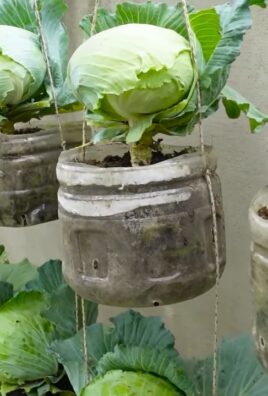
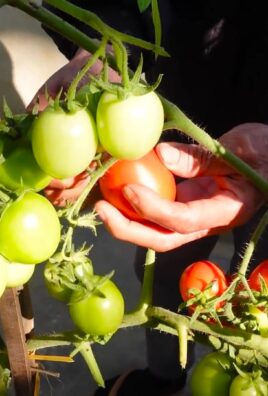
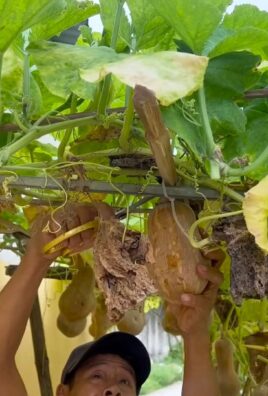
Leave a Comment